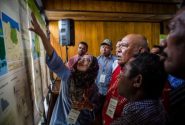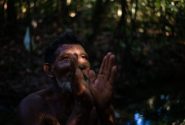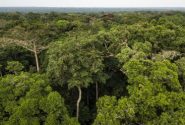We want you to share Forests News content, which is licensed under Creative Commons Attribution-NonCommercial-ShareAlike 4.0 International (CC BY-NC-SA 4.0). This means you are free to redistribute our material for non-commercial purposes. All we ask is that you give Forests News appropriate credit and link to the original Forests News content, indicate if changes were made, and distribute your contributions under the same Creative Commons license. You must notify Forests News if you repost, reprint or reuse our materials by contacting forestsnews@cifor-icraf.org.
Rural women of Ethiopia are the backbone of the community and have a deep relationship with forests. However, because they are not part of community decision making, they are not playing the positive role they could in rebuilding and protecting ecosystems amid the growing threat of climate change.
This is part of CIFOR’s Global Comparative Study on REDD+ funded by NORAD and FTA.


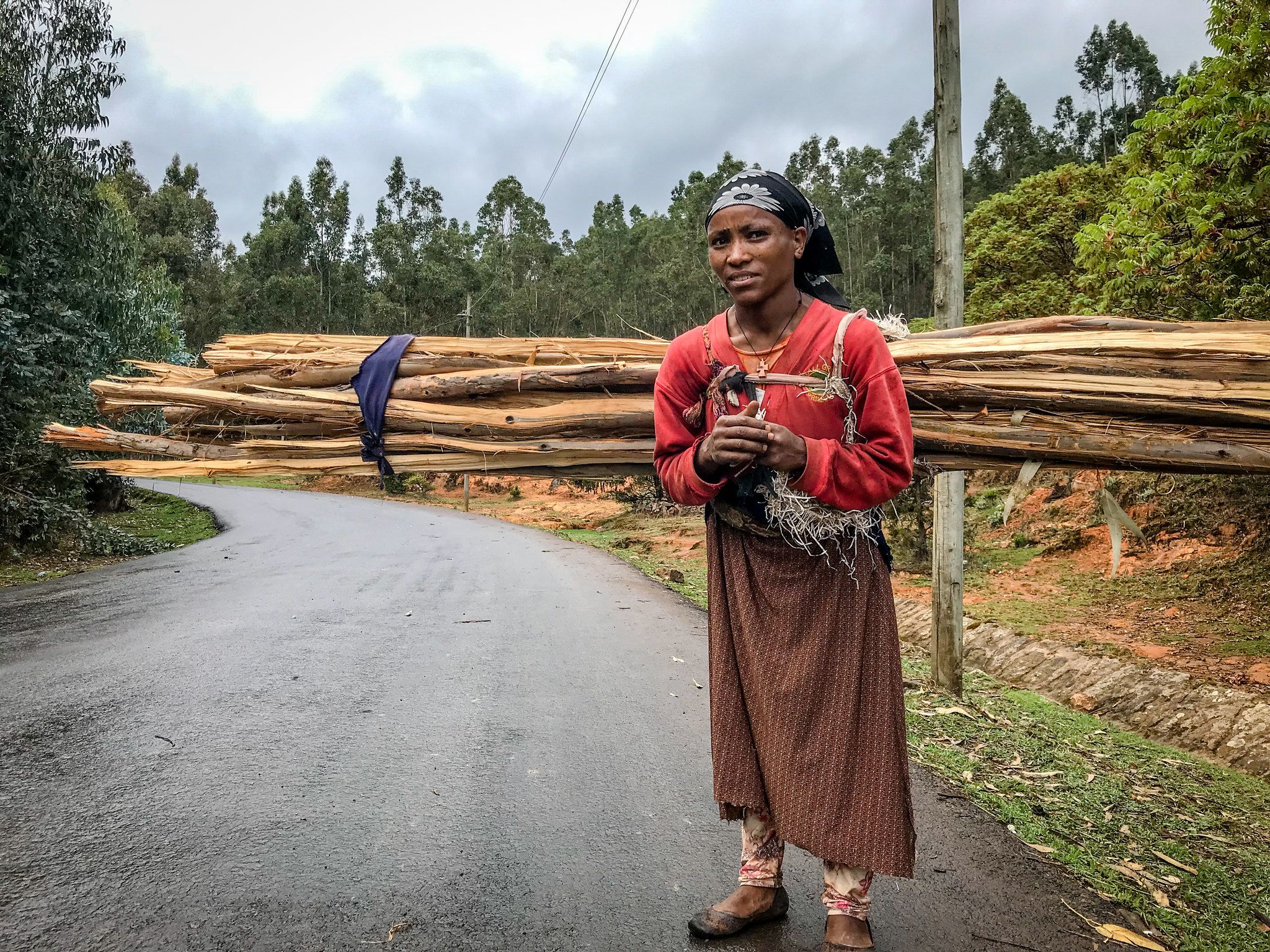

The tradition of women collecting and carrying enormous bundles of firewood is the backbone of rural Ethiopian culture and survival. Women, young and old, from across rural parts of Africa’s second-most populous country trudge as far as 15km (9 miles) a day to collect Eucalyptus branches, bark and even dried leaves to sell at market as firewood and charcoal for as little as $1 to $3 a day.
With many of Ethiopia’s 112 million people relying on firewood as their main fuel source, it’s no surprise that the country’s forests are under tremendous pressure. Deforestation and degradation have plagued the East African country for decades resulting in a near collapse of natural forests in an already drought-prone region. As rural agriculture makes up majority of the economy , protecting and expanding forested areas is crucial to building a sustainable and climate-resilient future. And that means including women in decision making.

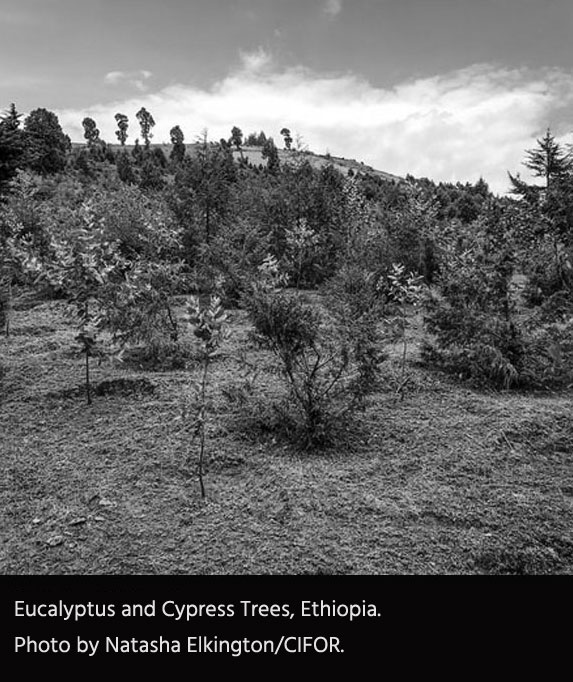
History of forests in Ethiopia
Deforestation is severe and has a long history in Ethiopia, especially in the central and northern highlands where subsistence farming and settlements have been changing landscapes for millennia. According to historical estimates, by the early 20th century, a third of Ethiopia was covered in forests but by the 2000’s this estimate has shrunk to about 4 percent.
Efforts to regreen Ethiopia go back to 19th century when Emperor Menelik II and Empress Taytu Betul began tree-planting to provide fuel and building materials for a growing population and to sustain a large army to stave off European colonial encroachment. Their tree of choice? The non-native Eucalyptus.
Native to Australia, the Eucalyptus globulus quickly thrived in African soil and after several generations, it has firmly established itself in Ethiopia’s forest ecosystem, economy and way of life. The tree is loved by smallholders as eucalyptus suits their limited resources and yields more money than other three crops. However, eucalyptus is surrounded by controversies. According to an FAO report, among the concerns are its impacts on the environment. The tree consumes a lot of water, depletes the soil of nutrients, prevents growth of other plants and does not provide adequate habitat for wildlife.
Forest communities for centuries have been using traditional remedies to treat diseases which today is still the primary source of health care for a majority of Ethiopians, not only because of its cultural connection but also in terms of affordability and accessibility. However, the lure of wood as fuel has largely trumped the other services forests and tress provide and harvesting for firewood has led to rapid deforestation and current ecological crisis.
Despite these efforts, in the last 2 decades, dry forests are rapidly being replaced by other land uses, such as small and large-scale agriculture, and settlements
Guidelines on sustainable forest management in drylands of Ethiopia
Research
As Ethiopia and the rest of the world struggle to adapt to a changing climate and protecting and restoring remaining ecosystems, finding solutions to local problems is key. In Ethiopia that means educating girls and women and including them in decision making, re-establishing forests and building new economic systems that take into account the multiple and valuable services provided by forests.
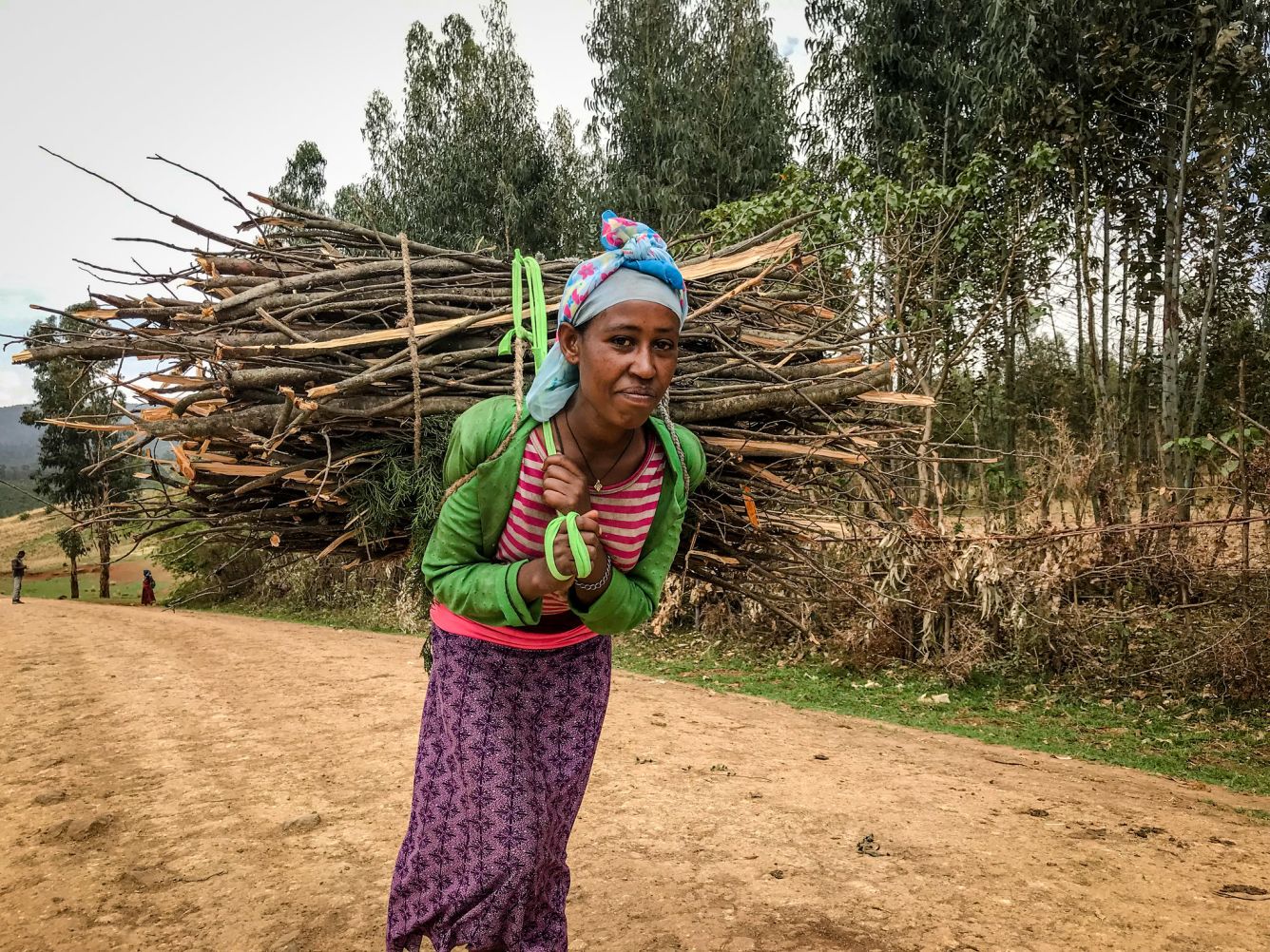
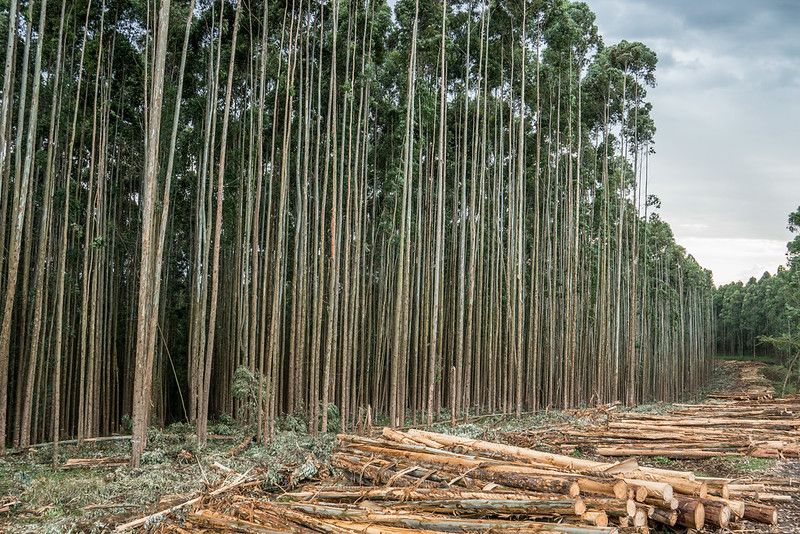
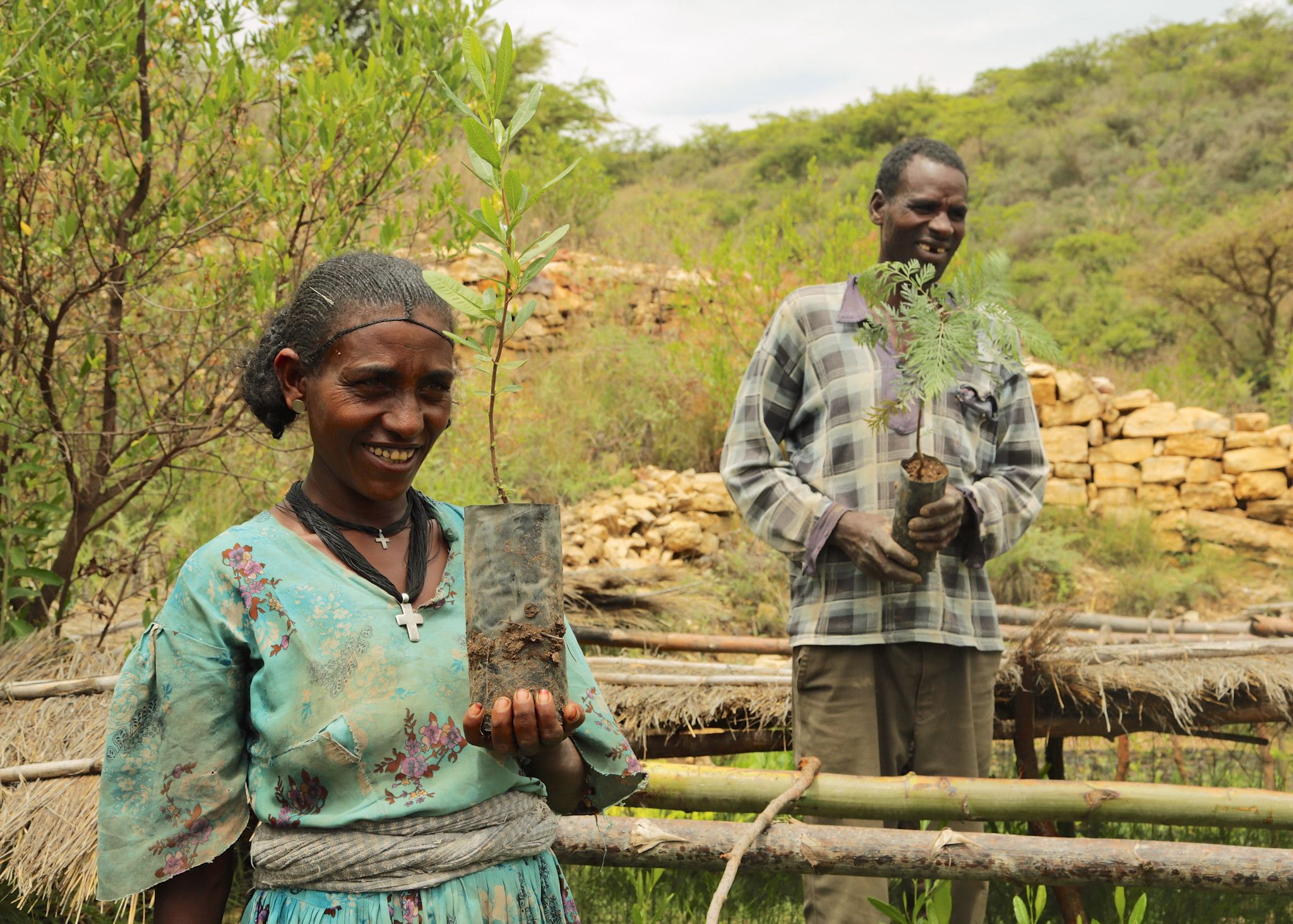
UN Women reports that women and girls in Ethiopia are strongly disadvantaged compared to boys and men in several areas, including literacy, health, livelihoods, and basic human rights.
Women in a very traditional African sense are meant to be the mother, the centre of the household, says Greta Francesca Iori, Technical Advisor Ethiopia: Sudano-Sahel Region for Wildlife Conservation Society. “She wasn’t educated. It was never seen as important. Till this day, it isn’t seen as important. Women and young girls will get married off far earlier than they should.”
Yitebitu Moges, Director of National REDD+ Secretariat of Ethiopia , says that the lack of women participation in forestry is a result of the history when very few children went to school, especially girls. “The culture doesn’t really encourage girls to go to school,” he admits. “But after the 1990, awareness raising was made to families that if you educate women, you will gain a lot. I believe this is a good shift so we would have a better future.”
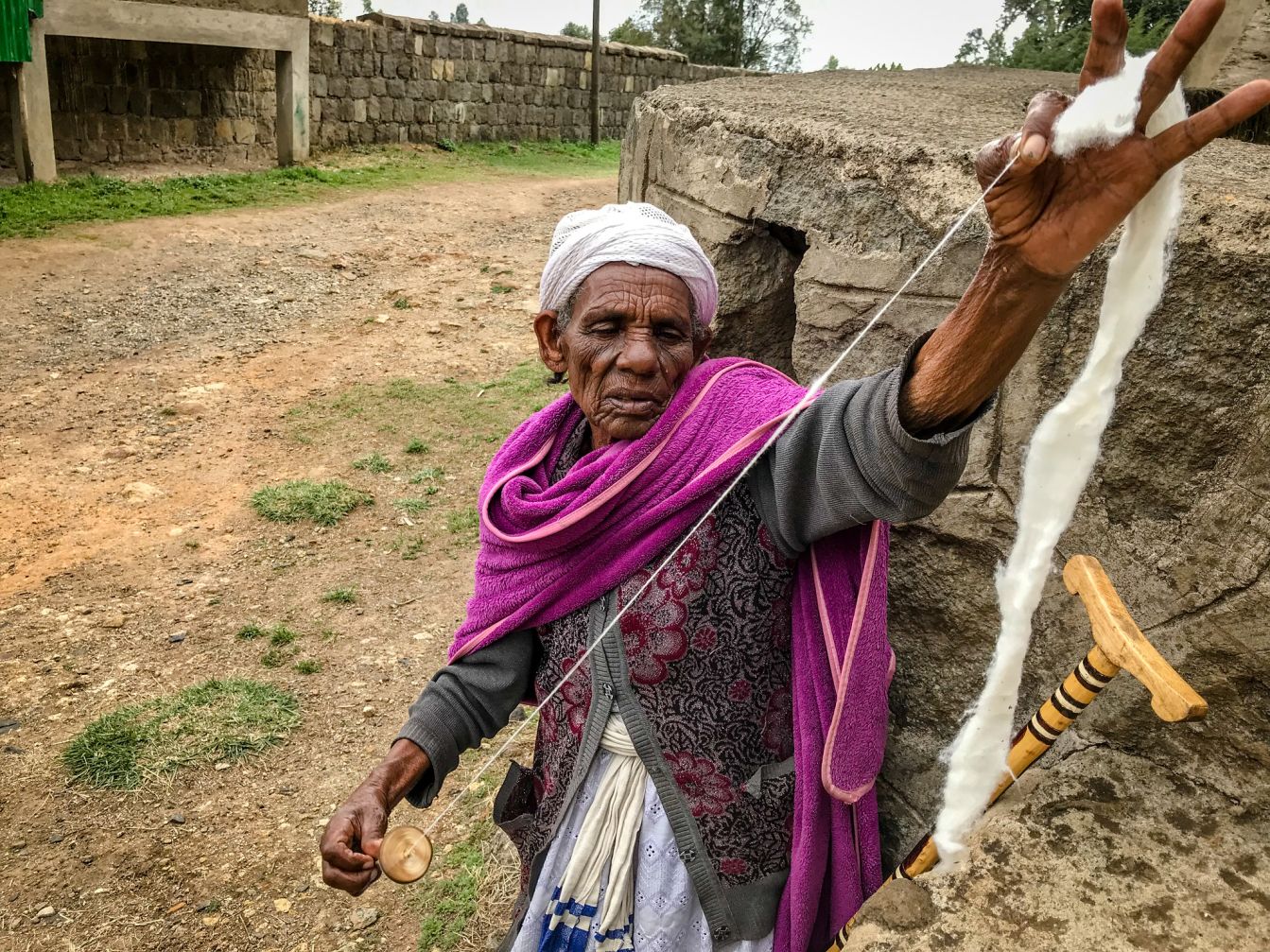
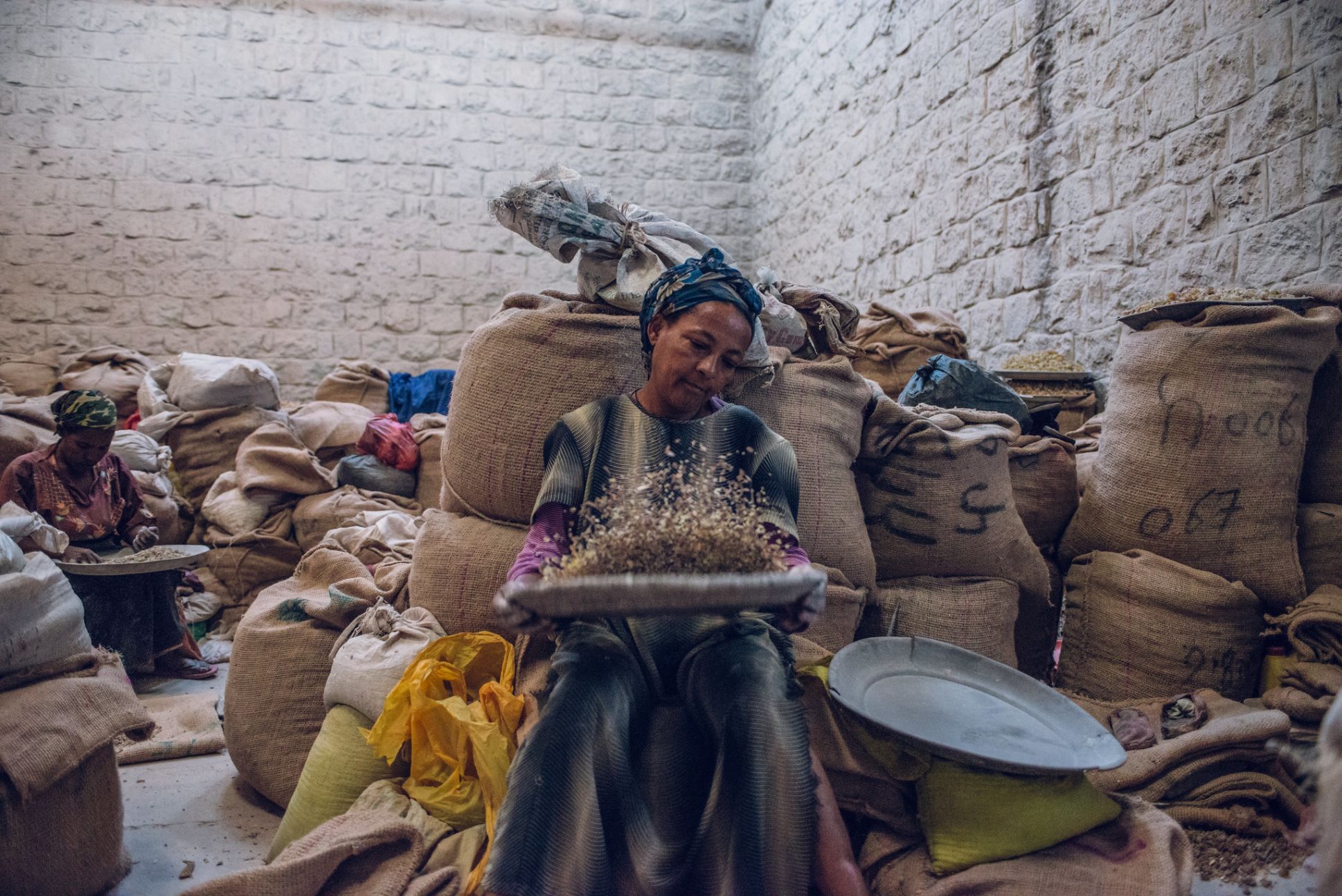
New approaches to forestry and agriculture are also needed. Developing systems where forestry and agriculture are better integrated will help protect vital natural resources like forests and watersheds and provide alternative ways to earn a living, says Dr. Agena Anjulo from the Ethiopian Environment Forestry Research Institute.
“We have to supply energy trees, or energy materials, as well as economic activities that will replace their dependence on the forest resources,” he said. “People engaging in forestry can produce food. They can produce wood. Yet they can conserve the environment as well. That issue has to be stressed as a policy.”
As a first step to re-establishing healthy ecosystems, Ethiopia has embarked on a plan to plant four billion trees. Already 353 million trees were planted. As forest products account for a substantial source of income for households, restoring forests means new opportunities for Ethiopia’s rural poor.
A recent study shows that approximately 57 million rural Ethiopians rely on forests for their livelihoods. In the Somali region, for example, up to 40% of household income comes from dry forest products. People in the area collect and sell gum and resins, firewood and charcoal, in addition to wood for construction and farm tools. Medicinal plants and forest foods also provide income from dry forests.
In this region, deforestation has been already become, not only the question of development, it really already becomes a question of survival
Teshale Amanuel, South region REDD+ coordinator
Personal stories
For now, women across Ethiopia struggle to provide for their families, working long hours to collect wood and provide a living for their families. Women like Abonish Addisu.
“I do this to support my family, there’s no other work,” says the mother of two and whose husband is unemployed, after a heavy downpour just outside the capital city of Addis Ababa.
Chuni Getachew, 35 years old, is a mother to five children ranging from one year old to 20. With her husband in prison, she carries firewood to care for her family.
“I gather wood from this forest and sell it nearby for a cheap price,” Chuni says holding her youngest in her arms. “I wake up at 6 am in the morning. Until noon I gather and sell firewood. Then I buy bread or whatever else I can for my children.”
Traditionally, landscape management and farming have been perceived as ‘men’s work’, according to recent studies conducted by the World Agroforestry Center (ICRAF) and World Vision Australia. Local institutions such as cooperatives were dominated by men especially the leadership roles. Fortunately, improvements have been made over the past decade, albeit slow, according to World Economic Report.
Nevertheless, some women defy the unfavorable circumstances and thrive. Lemlem Tajebe, a female researcher at the Ethiopian Environment and Forestry Research Institute (EEFRI) says perseverance and support from family are key to breaking the glass ceiling.
The Green legacy
Ethiopia has come a long way in the last five years. Prime Minister Abiy Ahmed’s new policies like ‘The Green Legacy’ campaign that aim to plant billions of trees across the country will help tackle the climate crisis.
The chances of success are high since farmers and non-governmental organizations are highly involved, according to this study. Yet, the success of this regreening project also depends on better planning, benefit-sharing arrangements and tenure security that leads to better involvement of communities.
However, until issues that affect local communities and the role of women are addressed, pressures on Ethiopia’s forests and rural population will continue to proliferate.
Story development and script: Natasha Elkington | Video and photos: Natasha Elkington and Kumerra Gemechu | Video editing: Aris Sanjaya | Infographics: Eko Prianto | Web design: Gusdiyanto | Project coordination: Anggrita Cahyaningtyas | Production editors: Jeremy van Loon, Michael Dougherty
This research forms part of the CGIAR Research Program on Forests, Trees and Agroforestry, which is supported by CGIAR Fund Donors.
This is part of Global Comparative Study on REDD+ project, supported by the Norwegian Agency for Development Cooperation (Norad), the International Climate Initiative (IKI) of the German Federal Ministry for the Environment, Nature Conservation and Nuclear Safety (BMU), and FTA.
For more information on CIFOR research in Ethiopia, please contact Stibniati Atmadja at s.atmadja@cgiar.org or Habtemariam Kassa at h.kassa@cgiar.org.
Copyright policy: We want you to share Forests News content, which is licensed under Creative Commons Attribution-NonCommercial-ShareAlike 4.0 International (CC BY-NC-SA 4.0). This means you are free to redistribute our material for non-commercial purposes. All we ask is that you give Forests News appropriate credit and link to the original Forests News content, indicate if changes were made, and distribute your contributions under the same Creative Commons license. You must notify Forests News if you repost, reprint or reuse our materials by contacting forestsnews@cgiar.org.
We want you to share Forests News content, which is licensed under Creative Commons Attribution-NonCommercial-ShareAlike 4.0 International (CC BY-NC-SA 4.0). This means you are free to redistribute our material for non-commercial purposes. All we ask is that you give Forests News appropriate credit and link to the original Forests News content, indicate if changes were made, and distribute your contributions under the same Creative Commons license. You must notify Forests News if you repost, reprint or reuse our materials by contacting forestsnews@cifor-icraf.org.
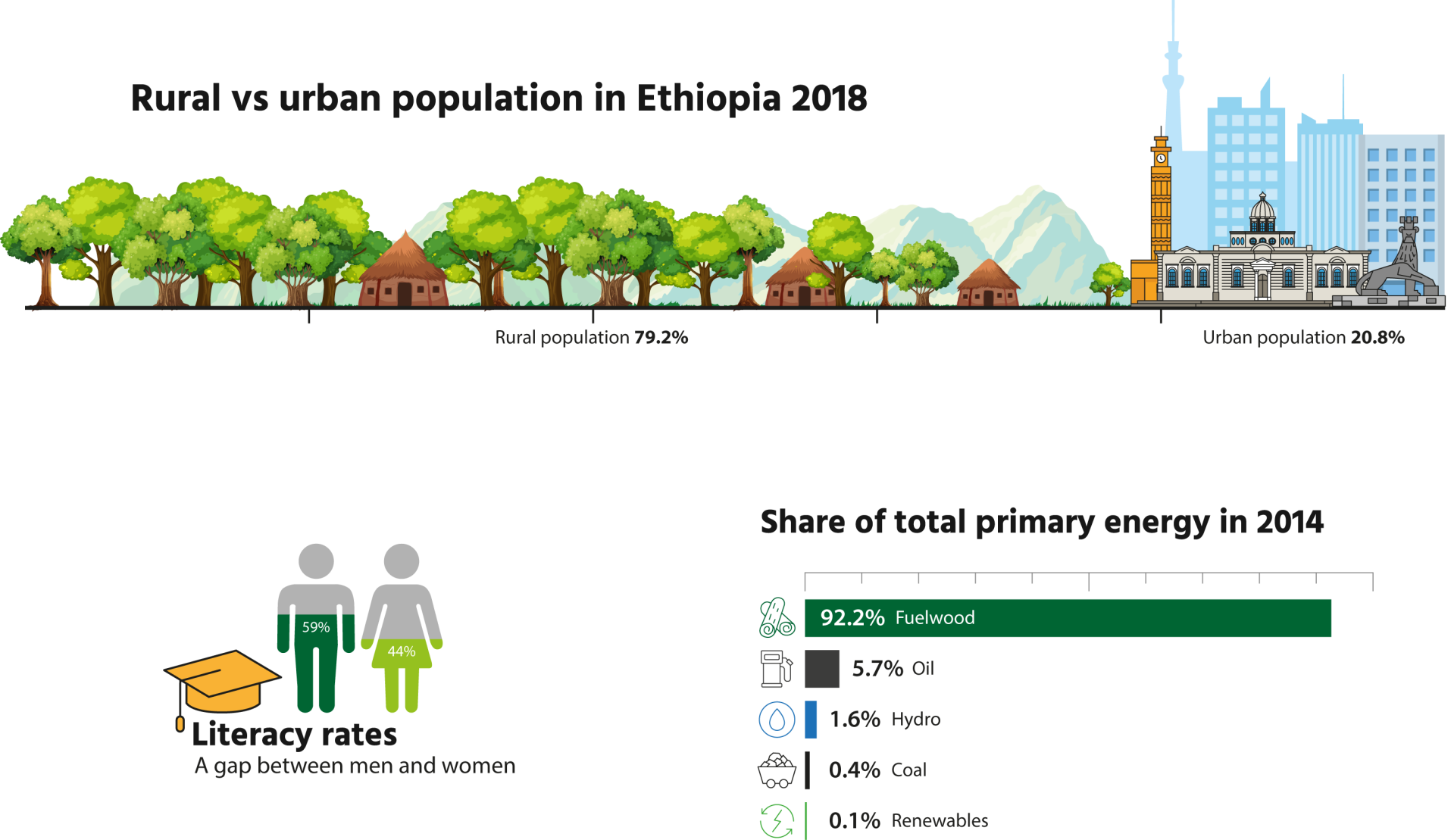
 Guidelines on sustainable forest management in drylands of Ethiopia
Guidelines on sustainable forest management in drylands of Ethiopia



